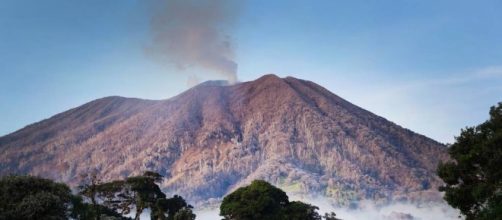New Mars research shows evidence of a complex mantle beneath the Elysium volcanic province. NASA believes that the Volcanoes present on the surface of Mars are 30 million years old. They are present just south of Mars’ equator. Previously, it was believed that the dinosaurs disappeared from our Earth about 30 million years ago. NASA claims this is not the only thing that disappeared around that time. Richardson Peter and his colleagues at the University of South Florida team up with NASA experts to develop a computer model that could predict the boundaries of lava flows.
He aims to publish the findings in the journal “Astronomy & Astrophysics” by the end of this week.
New volcanoes spotted
NASA reveals new information about Arsia Mons, a giant volcano just south of Mars’ equator. The giant Martian volcano is inactive for millions of years. Space Scientists spot new volcanoes on the surface of Mars. Richardson Peter says it is too early to predict anything about the properties and life span of the newly formed volcanoes. These are being formed in a large number, and the older volcanoes quickly disappear from the surface of Mars. The last time Arsia Mons erupted was in the bowl-shaped depression at the top of a volcano. It is 68 miles from the Lake Huron. Richardson believes Arsia Mons had 20 vents in the crust where the lava pours out.
Why study inactive and active volcanoes?
NASA experts say studies of both inactive and active volcanoes help to understand the history, composition, structure, and shape of Mars. A major goal of this research is to understand the anatomy and life cycle of Mars’ volcanoes. Scientists believe that if volcanoes exist here from millions of years, it is impossible to discover life on the planet.
The intensity of volcanoes is very high. The study also predicts the history of magma production. The volcanoes are about half as tall as Mount Everest and erupted years ago. Some are scorching, while others are cold. NASA spots similar volcanoes on the surface of Jupiter and Pluto.

